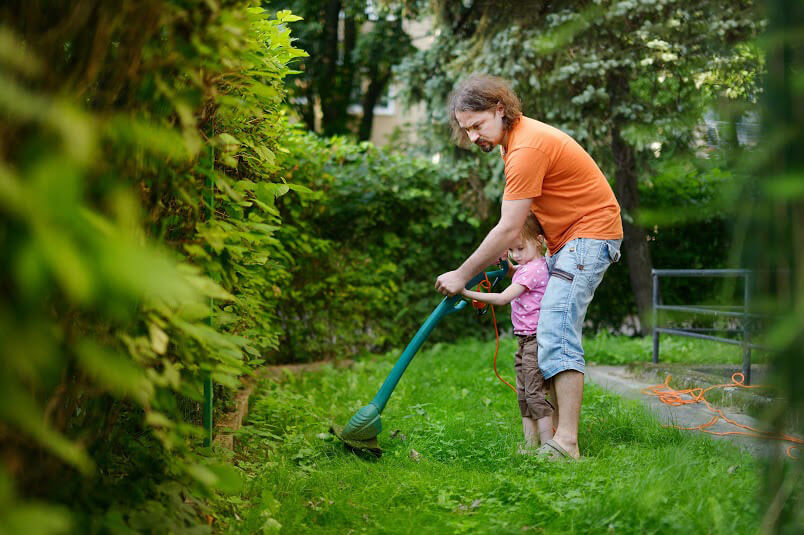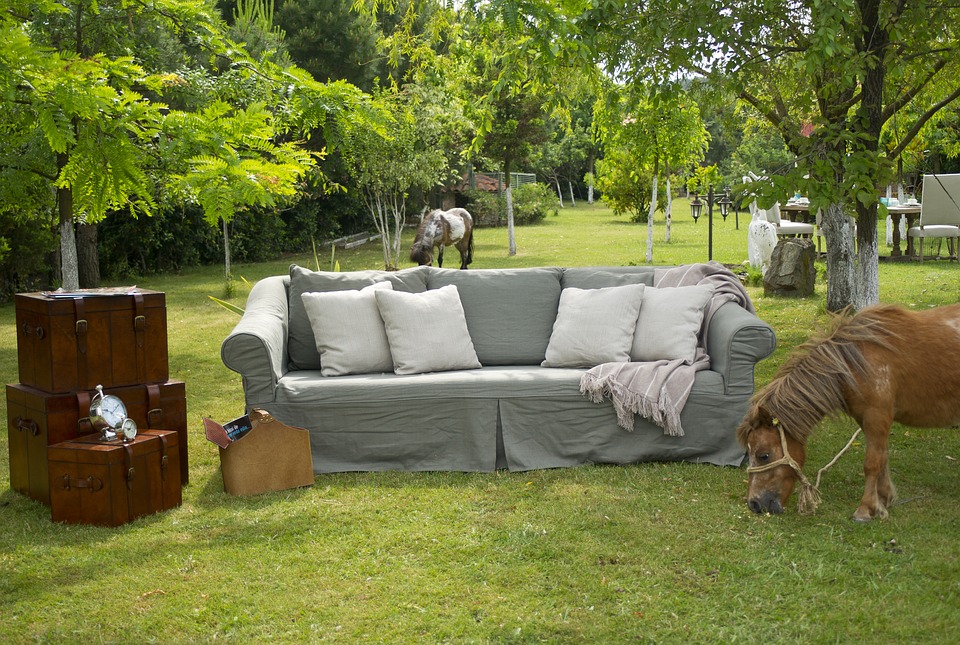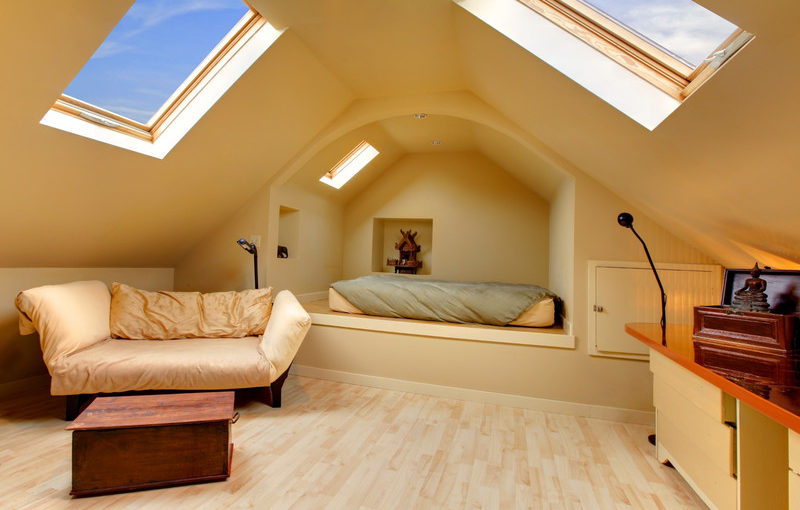It is often said that if the grass is greener on the other side, you need to work on your lawn. One of the tools that can help you to maintain your lawn and keep it in good shape is the weed wacker. Also known as a string trimmer or a weed eater, this versatile tool is designed to keep your lawn free from weeds and tall grasses. But selecting the right weed wacker for your lawn can be quite a task if you don’t know where to begin. Outlined below are a few things that you need to keep in mind while selecting a weed wacker.
Contents
Examine the area of action
One of the first things that you need to examine is the area where you plan to use the weed wacker. Not just the size of your yard or lawn, you must consider its distance from available electrical outlets as well. While a small yard will provide you more flexibility in terms of the weed wacker you select, it may not be always true for a large yard. For instance, if you need to remove strong weeds from the far end of a large lawn, an electric trimmer may not be the perfect machine to opt for because of the distance of the spot from the electrical outlet. Additionally, you must keep in mind any structures or features present in or near your lawn, such as bushes and fences. The weed wacker you select must be able to work smoothly around such things.
Consider the intensity of the task
The type of weed you need to remove with the weed wacker also plays a significant role in its selection. If you are looking to eliminate normal weeds from your lawn, a standard weed wacker will usually be sufficient for your requirements. But if you need to use it for more intense weed cutting purposes, such as removal of tough weeds or cutting of thick grass covering a large segment of the lawn, a commercial-grade machine will be a better option for you.
Pay attention to the mode of operation
Weed wackers are available in various types, including electric, gas, and battery-operated models. Battery and gas operated models do not need the use of extension cords. So, they offer more freedom as far as the mobility of the tool is concerned. But battery-operated models need to be frequently recharged. Gas operated models can be used for bigger jobs, where more time is required. Electric models are light, quiet, and easy to use. But they are restricted by the extension cord. Select the mode of operation based on your requirements.
Keep your budget in mind
The make or break of any buying decision ultimately depends on the budget. So, set a basic budget first and then look for a model that satisfies your budget as well as your weed eating requirements. But before you finalize your decision, do not forget to compare the features of the different models. You can check out the best weed wackers here to get an idea of their budgets and features.
Read also:























